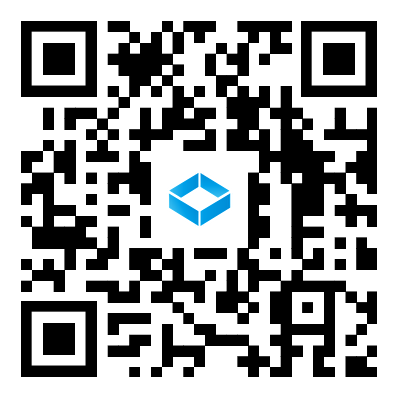Necessary parts of communication towers
2024-02-28
Communication towers, also known as cell towers or telecom towers, are structures designed to support antennas and other equipment for transmitting and receiving wireless communication signals. The necessary parts of a communication tower include:
1. Tower Structure: The tower structure itself forms the framework that supports the antennas and equipment. Towers come in various designs, including lattice towers, monopole towers, guyed towers, and self-supporting towers.
2. Antennas: Antennas are devices that transmit and receive radio frequency signals. Communication towers typically host multiple antennas belonging to different wireless carriers or communication services. Antennas can vary in size, shape, and frequency band depending on the specific application.
3. Mounting Frames: Mounting frames or brackets are used to secure antennas and other equipment to the tower structure. They provide a stable platform for mounting antennas and ensure proper alignment and orientation for optimal signal transmission and reception.
4. Transmission Lines: Transmission lines, also known as feeders or coaxial cables, are used to connect antennas to radio equipment located either on the tower or at the base of the tower. Transmission lines carry radio frequency signals between the antennas and the base station equipment.
5. Shelter or Equipment Enclosure: In some cases, communication towers may include a shelter or equipment enclosure located at the base of the tower to house radio equipment, power supplies, batteries, and other electronic components. The shelter provides protection from environmental elements and security for the sensitive equipment.
6. Grounding System: A grounding system is essential for dissipating electrical charges and providing protection against lightning strikes and electrical surges. Grounding rods, cables, and grounding plates are installed at the base of the tower and connected to the tower structure and equipment grounding points.
7. Tower Lighting: Communication towers are often equipped with lighting systems to comply with aviation safety regulations. Tower lighting includes obstruction lights, such as red or white strobe lights, and marker lights to increase visibility and prevent collisions with aircraft.
8. Climbing Systems: Climbing systems, such as ladders, safety cables, and platforms, are installed on the tower structure to provide safe access for maintenance personnel and technicians. Climbing systems must comply with safety standards and regulations to ensure worker safety.
9. Guy Wires and Anchors (for Guyed Towers): Guyed towers require guy wires and anchors to provide additional support and stability. Guy wires are tensioned cables that are anchored to the ground at multiple points to counteract the lateral forces exerted on the tower structure.
These are some of the necessary parts of a communication tower, each playing a critical role in supporting wireless communication infrastructure and ensuring reliable signal transmission and reception. The specific components and configurations may vary depending on factors such as tower design, location, regulatory requirements, and the type of communication services being provided.


